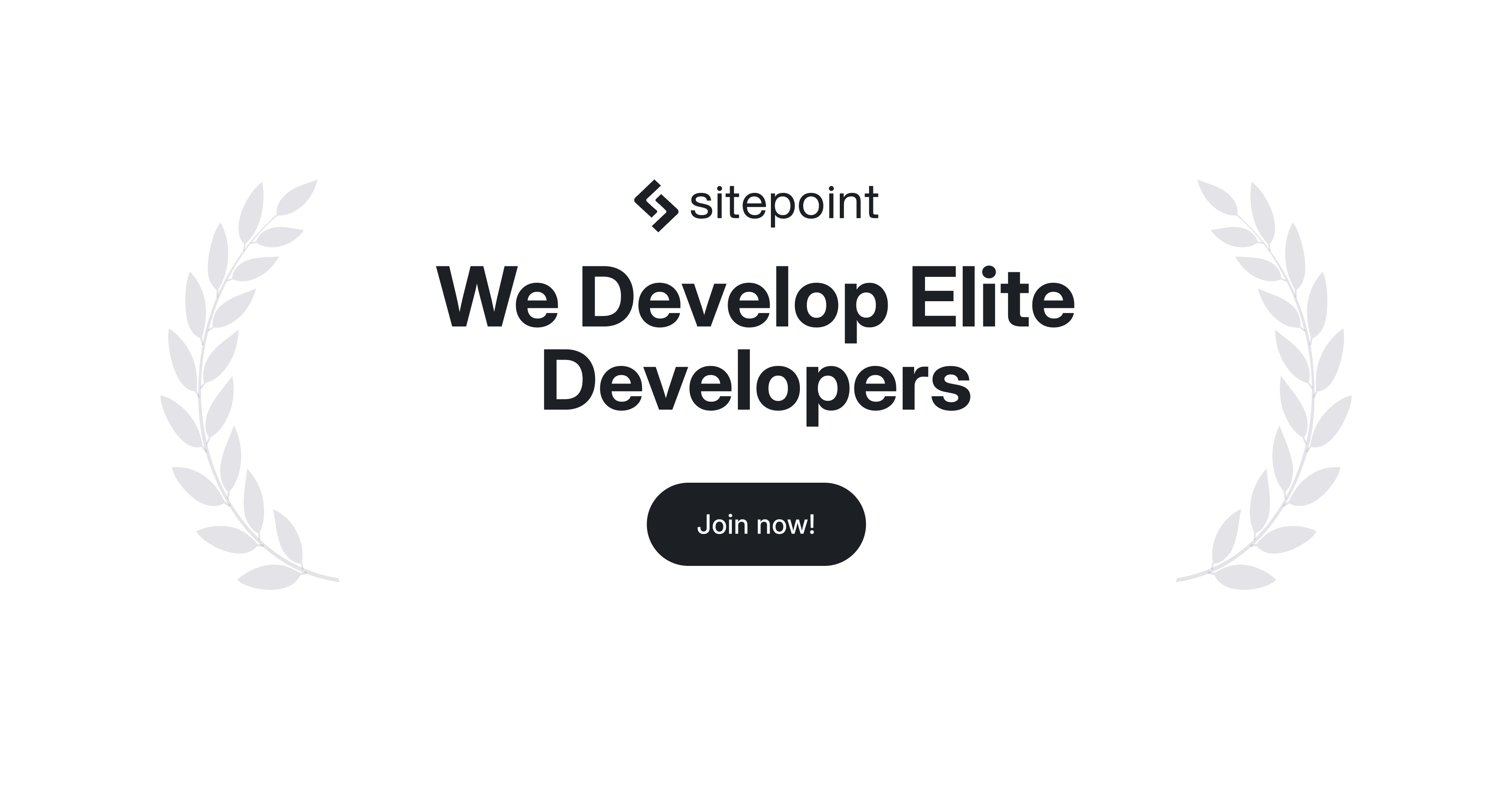
"Matatalab's hands-on coding kits blend physical play with learning, promoting foundational programming concepts for young learners through interactive, screen-free experiences."
"The effectiveness of tangible coding tools lies in their ability to foster computational thinking at an early age, enhancing engagement through tactile interaction."
"While screen-based platforms like Scratch Jr and Blockly offer interactivity, physical tools can create a more immersive learning environment that resonates with younger audiences."
"Successful integrations of coding tools into curricula highlight the importance of tactile learning in STEM, ensuring that concepts are grasped through experiential play."
The article discusses the rise of tangible coding tools, such as Matatalab, designed to teach younger learners programming concepts without screens. By focusing on hands-on, interactive experiences, these tools aim to foster computational thinking in children as young as three. The discussion invites educators and tech enthusiasts to share their experiences with these products, evaluating their effectiveness against screen-based alternatives like Scratch Jr and Blockly. The conversation also considers the potential for successful integration into school curriculums and extracurricular programs, emphasizing the importance of tactile learning in early STEM education.
#tangible-coding-tools #early-stem-education #computational-thinking #hands-on-learning #educational-technology
Read at SitePoint Forums | Web Development & Design Community
Unable to calculate read time
Collection
[
|
...
]